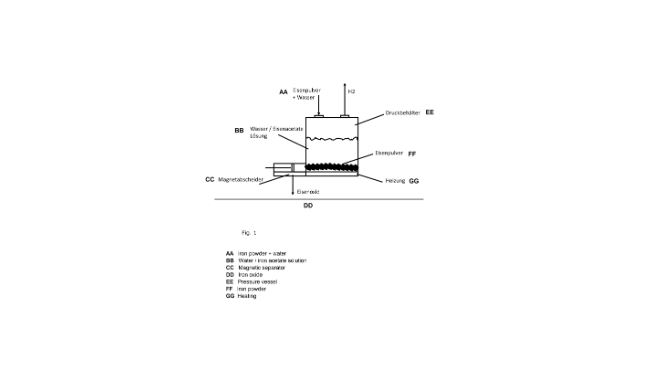A recent patent, titled “Method for Producing Hydrogen and Magnetite from Water and Iron,” introduces a novel process that could influence hydrogen production techniques.
Filed by inventors from KS IPR UG, this patent describes a method leveraging the catalytic properties of an iron(II) salt to facilitate the generation of hydrogen and magnetite. Additionally, it explores the potential of using the resulting iron as an indirect hydrogen store.
The patent outlines a procedure where water and iron react in the presence of an iron(II) salt catalyst. This interaction leads to the production of hydrogen gas, a clean energy carrier with increasing demand in the global energy landscape. The byproduct of this reaction is magnetite, a naturally occurring mineral that consists of iron and oxygen. The specific role of the iron(II) salt catalyst is central to the process, as it enhances the efficiency and feasibility of hydrogen extraction from water.
Hydrogen is gaining traction as an alternative energy source due to its clean-burning properties and versatility. The process described in this patent represents an innovative approach to hydrogen production, potentially offering a more efficient, cost-effective, and environmentally friendly method compared to traditional techniques like electrolysis. By reducing reliance on electricity and decreasing carbon emissions, this method aligns with global efforts to transition to sustainable energy solutions.
Aside from producing hydrogen, the patent also delves into the dual functionality of the resultant iron. It can be utilized as an indirect hydrogen store, emphasizing the multifaceted nature of this process. Magnetite derived from the reaction has its applications, notably in environmental management and industrial processes.
Stay updated on the latest in energy! Follow us on LinkedIn, Facebook, and X for real-time news and insights. Don’t miss out on exclusive interviews and webinars—subscribe to our YouTube channel today! Join our community and be part of the conversation shaping the future of energy.
